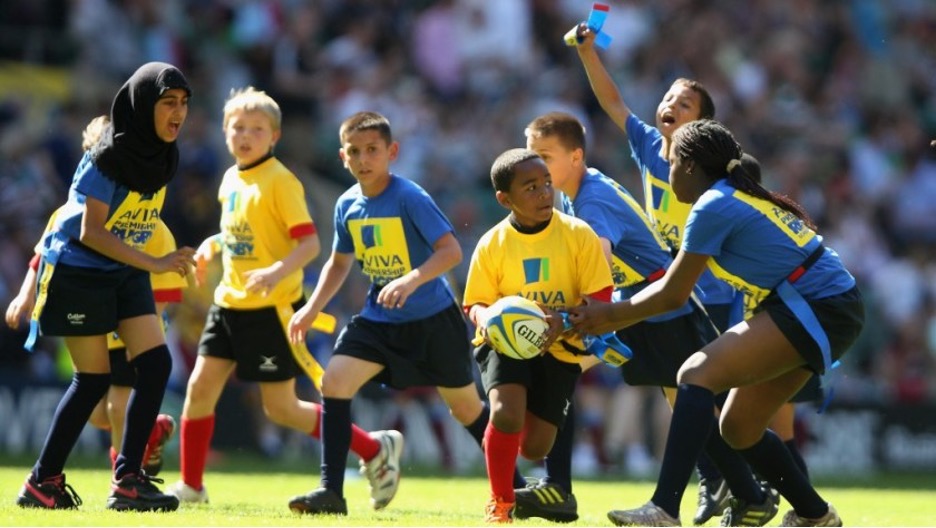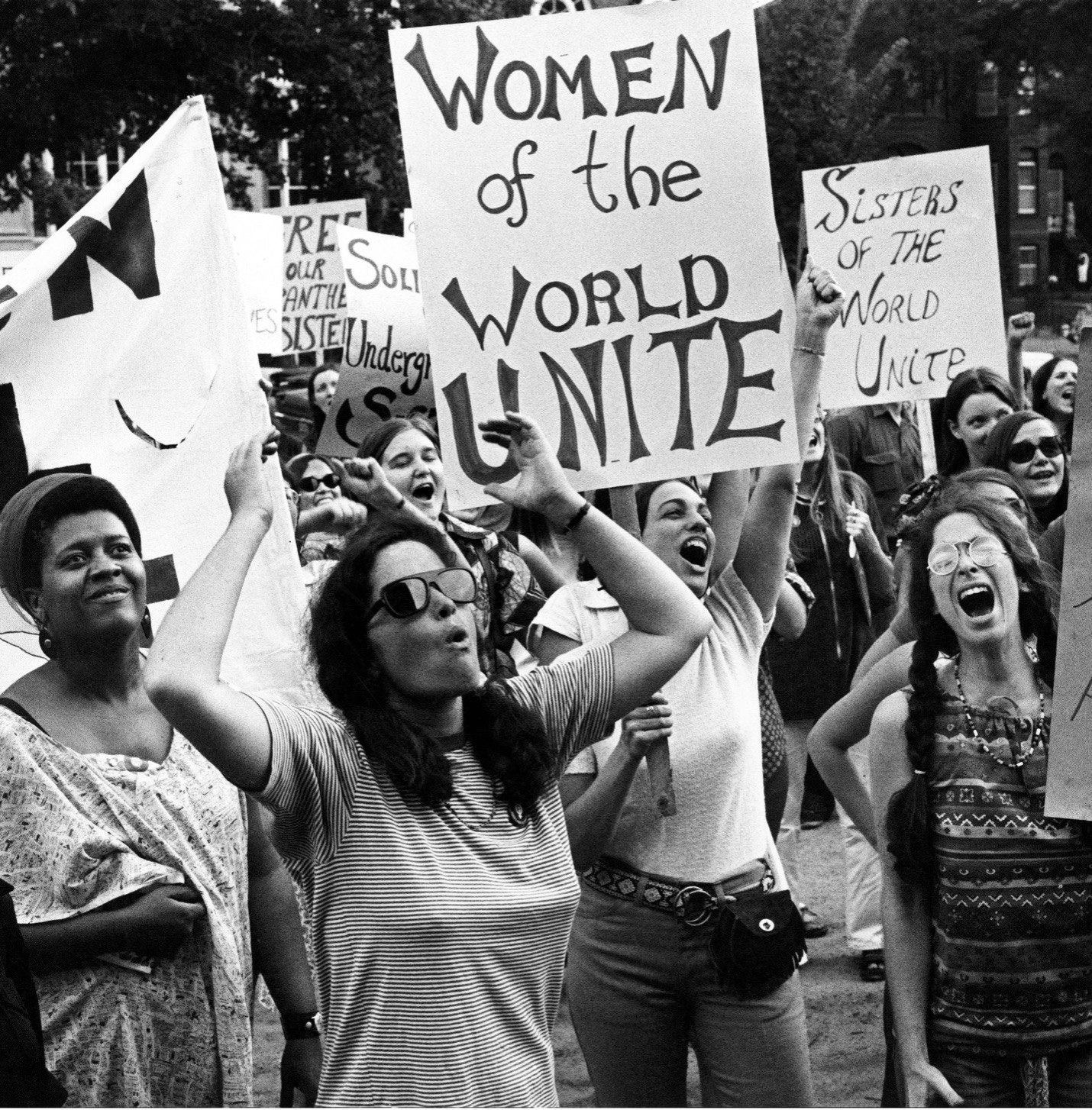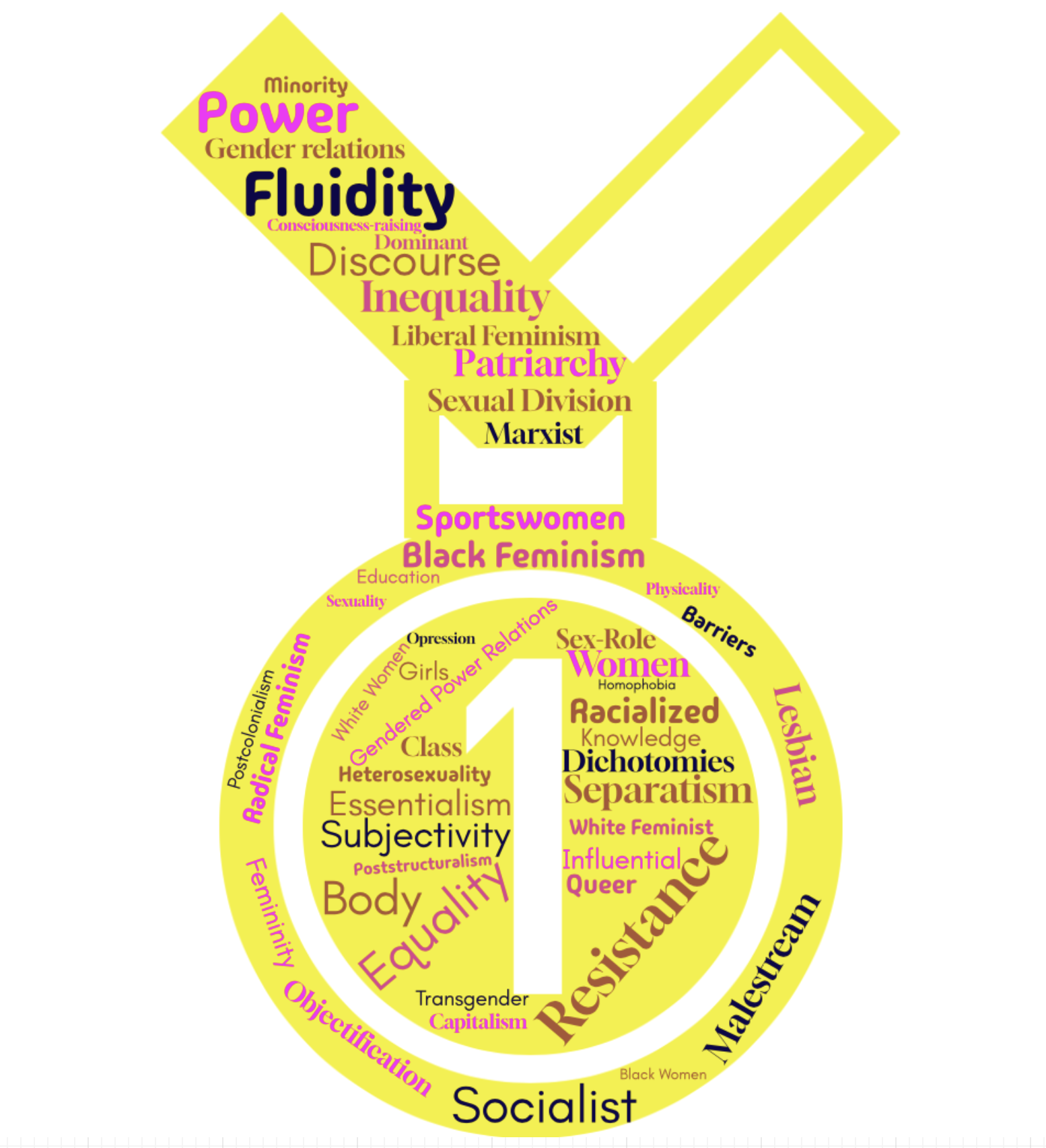1
Section One: The Fundamentals
A) What do we know about sport? What are common assumptions we make about sport and society?
|
While I do believe that in many ways, sports strive to be independent from political influence, I do not believe that they do or ever will be able to transcend politics fully. Across all levels of sports, whether it be high school, college, or professional, we do see the effects of politics trickle in through regulations, activism, and funding. Some recent regulations that we have seen affect a variety of sports that stem from politics are the participation of transgendered athletes in women’s and men’s sports based on the gender they identify with. This political topic has led to athletes in a wide variety of sports using their platform to speak on this topic and advocate for their own beliefs. However, this is not the only topic we see athletes using their platform to advocate for. Athletes in many sports will use their platforms to spread awareness for causes, beliefs, and even their clear political standpoints that are unique to them- whether they are politically charged or not. In terms of funding, we see politicians using sports as a means to campaign through financial support and backing. With sports representing national allegiance, community, and a sense of belonging for many people, politicians use this to their advantage by leveraging it in a way that makes them appealing and relatable as a political member. Despite sports being governed by their respective leagues who undoubtedly try to distance themselves from politics, like everything else that surrounds us, politics will inevitably have an influence in the world of sports. Something that surprised me greatly, and highlighted what I attribute to be ignorance on my part, is the fact that it is not ‘normal’ across the board to dedicate your life to a sport the way you might in Western culture. I and many others have become so accustomed to our own cultural values and norms that we neglected to consider that such are not applicable to every culture across the world. One student highlighted how it can be perceived as normal to never attend school or build a family because an athlete may dedicate so much of their life to their sport. Something that someone from Western culture would attribute to being driven or ‘chasing the dream’ could be the opposite to another individual whose culture values raising a family and receiving education. So, while sports may reflect the values and norms of one culture, we must remember that the same will not be applicable for all cultures. |
Exercise 3: Notebook prompt
What are some other metanarratives about sport that you are familiar with? Find an image or video clip or draw something yourself that captures this idea…
So what? Why does any of this matter? Does it matter? As something we grow up with – live with – play through – we don’t often interrogate the meanings of sport, and perhaps we don’t want to.
But being aware of these assumptions and metanarratives is especially important, I would argue, because of the centrality of sport to our everyday lives, the role that sport plays in shaping our childhood and worldviews and….. [finish that thought]
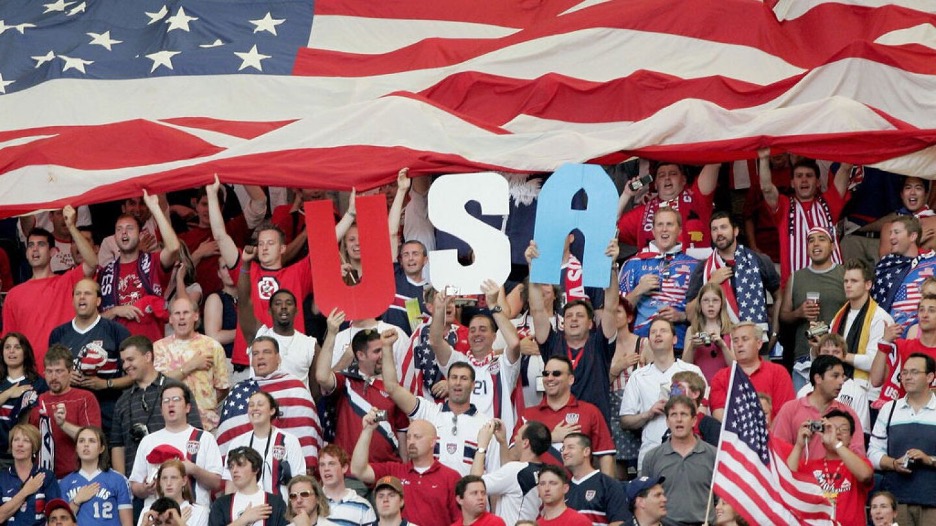
Image source: https://www.nbcsports.com/soccer/news/us-world-cup-absence-could-have-wide-ranging-effects A metanarrative that I would consider myself familiar with, is ‘connection and community’. Through the enjoyment of sports as both fans and athletes, we find a metanarrative that highlights how sports create a space for more than just a game. Sports allow for athletes and fans to create connections, a sense of community, a collective identity, and even a place of belonging. The metanarrative of ‘connection and community’ emphasizes a power that sports hold, and their unique ability to bring people together despite otherwise dividing factors (race, social class, gender, etc.). I believe that the many metanarratives in sports that exist today, do matter. They show that sports are more than just an activity or a game, and hold and teach many values, lessons, and personal morals. Though we may not interrogate the meaning of sport, I do believe we all subconsciously acknowledge and appreciate the deeper meaning behind it. But being aware of these assumptions and metanarratives is especially important, I would argue, because of the centrality of sport to our everyday lives, the role that sport plays in shaping our childhood and worldviews and its ability to challenge social norms. These metanarratives shed a new light on beliefs, culture, community, and social challenges. We are able to look at otherwise difficult topics through a different perspective.
|
B) What is social justice?
Exercise 4: Padlet Prompt
Think back to the last section and try to look at some of the ideas we discussed differently. How might sport and social justice actually co-exist?
Record any images, video clips, or gifs you added to the padlet and identify a point of intersection between sport and social justice (can be an issue or a barrier or a debate or something you would like to explore in more depth in this course) . Screenshot or paste in your response below.
|
Image source: https://humankinetics.me/2018/12/11/diversify-sport/ One beautiful example we see of social justice and sports doing an incredible job of co-existing together is the diversity, equity, and representation we see across the many sports genres. We see unified sports teams in all sports types, through all age groups and levels, that consist of a diverse mix of teammates. Sports allow for a fair and equal society, where each person and all groups are valued and affirmed- as stated by the John Lewis Institute for Social Justice. Through continuously providing equal opportunity to all members of sport, no matter their gender, race, or identity, we can uphold equity and representation. By doing so, we build inclusive environments and diverse sports teams that empower future generations of athletes by providing them with real-time examples of equality and representation. We see more and more policies being enforced that require inclusive practices and fair playing fields. We see women stepping into roles in sports that were once male-dominated. Take Jessica Campbell for example- the first woman to coach an NHL hockey team emerging in 2024. On top of this we see safer environments for LGBTQ+ and biracial athletes, more major league or Olympic sports being introduced, and more representation and traction for disabled sports. Though we may not consider equality and representation fully reached, we are on an incredible journey towards it. The progress made over the years is a powerful reflection of societal changes and a communal desire for inclusion, diversity, equality, and representation. These are no longer just ideas, but items in sport that are becoming reality.
|
C) Social Justice Reading
(note: this activity is optional!)
D) KINESIOLOGY AND SOCIAL JUSTICE
Exercise 5:
Exercise 6:
What are the implications of bodies-at-risk discourse and the refusal to understand the health gap from a social justice perspective, according to the authors of this article?
|
This article highlighted the vast differences and emphasized the large disadvantages that oppressed and minoritized groups are subject to in the world of kinesiology, health, disability and physical activity. The refusal to understand the health gap that exists between white middle and upper-class individuals and marginalized groups such as Latinxs, African Americans, LGBTQ, Indigenous and disabled people lead to these marginalized groups being labelled as high risk for being less healthy and fit, as well as being labelled as lazy and lacking responsibility, in comparison to the white middle and upperclassman. As a result of this, ethnic minorities, people with disabilities, and those in poverty are blamed for not complying with health and physical activity norms and are considered to be the problem, target, and solution for research interventions. The authors discuss that these dominant health narratives are rooted in deficit thinking and whiteness and heavily promote inequality. These health gaps we see between groups of people show a heavy history that has not changed as far as racial exclusion, segregation, and discrimination in not only health but education as well. The rapidly changing demographics we see in schools will also bring an exclusion of equality to children. Though there has been a rapid rise in the diversity of children at school, an extremely underwhelming amount of diversity among teachers has been observed. The authors discussed the disadvantages that our children, especially in physical activity, will experience as a result of teachers not being culturally competent, aware of cultural discrepancies, and willing to work toward social justice. In order to mend the gap we must emphasize equality for all groups, but especially for the minorities that are shorted as a result of systemic injustices. We must move hidden and oppressed groups to the forefront of kinesiology and health research so that we can better represent, help, and provide services to these individuals.
|
Section Two: Sport Feminism
Exercise 7: Notebook Prompt
What is feminism? What does it mean to you? Choose one of the images below and explain how it captures your understanding of feminism (or find one that does speak to you and paste this into your pressbook with an explanation of why it matters to you.
|
Image source: https://www.vox.com/2018/3/20/16955588/feminism-waves-explained-first-second-third-fourth By definition, feminism is the advocacy of women’s rights based on the equality of the sexes. However, feminism is much deeper than this. Feminism is fighting for and believing in the basic rights and the equal treatment of women, their bodies, and their autonomy. Feminism challenges the systemic oppression that has been set up for decades and fights to ban the societal norms that marginalize women. Feminism aims to create a society where women are able to obtain the same opportunities that men are, without the additional challenges that they face due to their gender. Further, feminism fights for the equality of all it builds from the acceptance that gender, race, sexuality, and ability are all intertwined. Feminism matters to me because I am directly living with the inequalities and discrimination that women face. Feminism matters because I want to be able to have equal access and opportunity for myself, to have autonomy and right to my own body, and I want to see my future children and grandchildren have these rights too. To me feminism is not only about making society see women as equal, but its about creating an equal future for generations to come. |
Exercise 8: Notes Prompt (optional)
NB: Cornell notes is a great resource that teaches effective notetaking. Unfortunately, our system can’t save notes taken in the H5P app, so this is fully optional.
Exercise 9: Crossword Activity
Exercise 10: Padlet Prompt
|
|
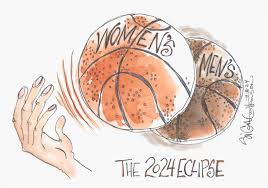
|
With all of the movements we are seeing around women’s rights, equality, and social justice, it is safe to say that the landscape of women’s sports is undoubtedly changing. These movements shed a significant amount of light on women’s groups and have brought an increased amount of visibility to female athletes and women’s sports. The media has done a great job of leveraging the traction that equality and women’s rights movements create and using the passion that individuals have for sports to create more conversations about gender equality. As a result, we have seen an increasing amount of coverage for women’s sports, highlighting female achievements while also educating on the inequalities and systemic barriers they face. The growing visibility we see for women’s sports is a testament to the interest society has in women’s sports. Though there is still a very clear difference between the traction that men’s sports get in comparison to women’s, women’s sports are quickly gaining traction, and with that, we see talks of rectifying the inequalities they face (unequal pay, discrimination, sexualization, etc.). This is becoming a movement on its own, and we can expect to see both women’s sport and the inequalities surrounding it continue to gain traction- proving that people do care.
|

